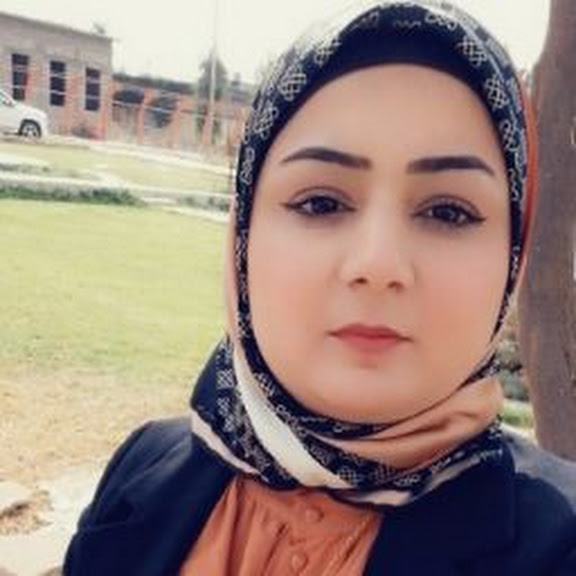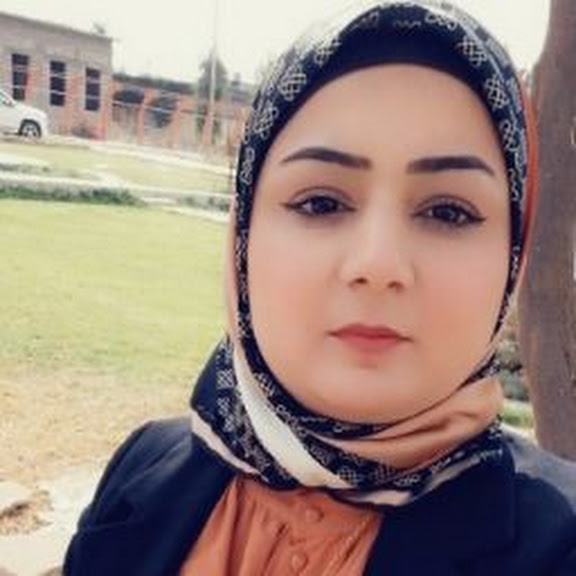
Samara Saad Younus
Research InterestsSoil formation
soil classification
soil basics
soil physics
soil fundamentals
plant nutrition
fertility and fertilization
soil management
| Gender | FEMALE |
|---|---|
| Place of Work | Technical Agricultural College |
| Department | Plant Production Techniques |
| Position | Leacture |
| Qualification | Lecture in the Department of Plant Production Technologies |
| Speciality | Soil Science and Water Resources |
| Samarah90saad@ntu.edu.iq | |
| Phone | 07722460044 |
| Address | mosul , Alzohoor, mosul, Nineveh, Iraq |

Academic Qualification
دبلوم عالي
Oct 9, 2014 - Mar 14, 2018علوم التربة والموارد المائية
بكالوريوس كلية الزراعة والغابات
Oct 17, 2009 - Jul 17, 2012ماجستير
Sep 5, 2020 - Mar 22, 2022علوم التربة والموارد المائية
Publications
SUITABILITY ASSESSMENT OF AGRICULTURAL LANDS FOR WHEAT CROP CULTIVATION IN THE ZUMMAR DISTRICT, NORTHWEST OF NINEVEH GOVERNORATE, IRAQ
Nov 1, 2023Journal 4th International Agricultural Conference
publisher samara saad younus
Issue 1755-1315
Volume 2024 at year 2023
This research, carried out in the northern Iraqi province of Nineveh Governorate's Zummar region, which has a Xeric humidity system and a thermic system. Fourteen sites representing the study area were selected, and the pedons were excavated and samples were taken during February 2022. The soil and climate of the study area and its suitability for wheat cultivation were evaluated using the multiplication method according to the proposals of 1 ,depending on the climatic data of the study area and the physical and chemical properties of the soil. In addition, using geographic information GIS to create maps of the suitability of the study area for the cultivation and growth of the wheat crop. The findings showed that the majority of the studied soil properties had a high suitability class (S1) for growing wheat, in particular, soil texture, depth, EC value, organic carbon, ESP, gypsum, and drainage, with the exception of site P2 which shown moderate suitability for gypsum content in the soil. As for the CEC, calcium carbonate, and the degree of slope, were of medium to unsuitable suitability in most of the study sites, and ranged between S2, S3, and N1 classes. Also, the temperatures were classified as being in the good suitability class S1 for the cultivation and growth of the wheat crop. As a result of these data, the climate suitability of the study area (temperature and rainfall) was classified within the suitability class S1. According to the study's findings, the study area's suitability (soil and climate) ranged between medium suitability S2 to little suitability (marginal) S3, whereas site P6 was considered unsuitable N1.
Morphological and Physicochemical Characteristics of Agricultural Soils in Zummar Region, Northwest Iraq
Nov 10, 2022Journal Scientific Research Journal of Agriculture and Life Sciences
publisher samara saad younus
Issue ISSN 2788-9386
Volume volum-2 issue-6 nov-dec 2022
The relationship of soil with its surroundings (soil, plants, and atmosphere) and human intervention practices, which impact soil quality and productivity, is a topic of much debate. Consequently, the study's purpose was to characterize and diagnose the agricultural soils in the Zummar area northwest of Nineveh Governorate, to identify these soils' morphological, chemical, and physical characteristics. According to the results, all soils had a low electrical conductivity and a low alkaline soil pH. They were light brown to dark brown in color in both wet and dry situations. The soil structure was granular or angular blocky in the surface horizons and angular blocky in the subsurface horizons, while it was structureless in site P2. Additionally, the soil's consistency varied depending on whether it was wet or dry, being friable at sites (P1 and P2) when wet and hard to extremely hard in the other sites when it was dry. The textures of all soils ranged from clay, silty clay and clay loom, with high bulk density values of surface horizons. The results also revealed a range in MWD values, with L12, L13, L8, L11, and P5 sites recording the greatest values (3.30, 3.15, 3.0, 3.0, and 3.0 mm), respectively, and L9 and P2 recording the lowest values (1.95 and 1.95 mm), respectively.







